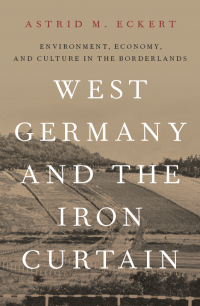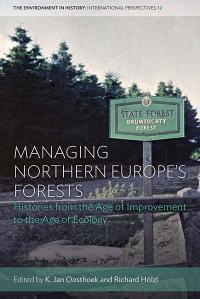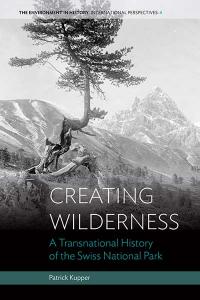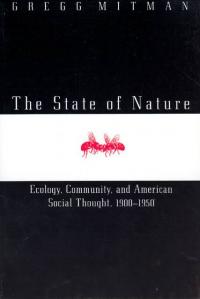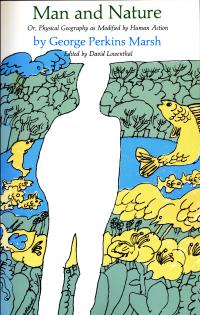West Germany and the Iron Curtain: Environment, Economy, and Culture in the Borderlands
Astrid M. Eckert’s West Germany and the Iron Curtain takes a fresh look at the history of Cold War Germany and the German reunification process from the spatial perspective of the West German borderlands that emerged along the volatile inter-German border after 1945.


